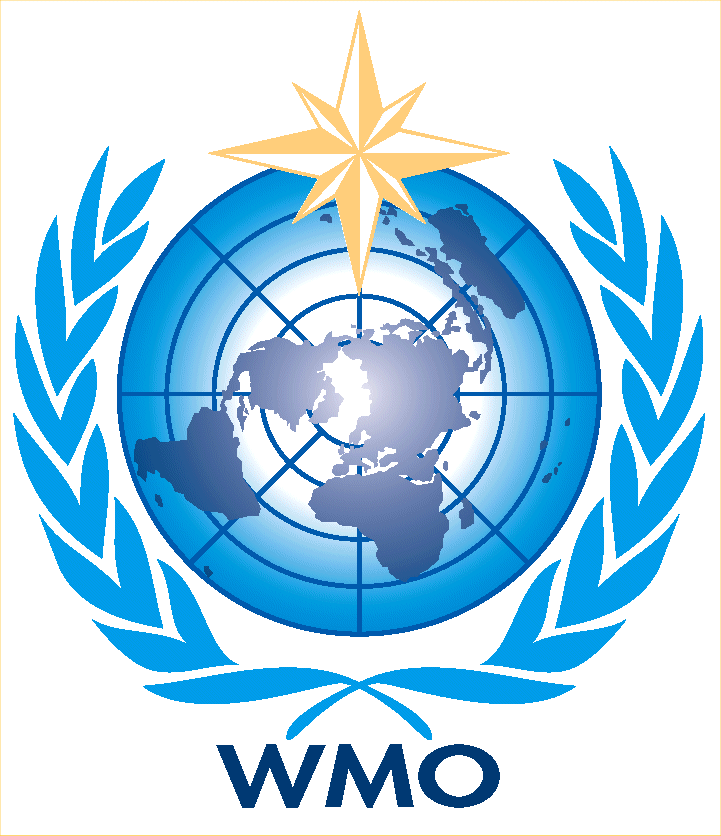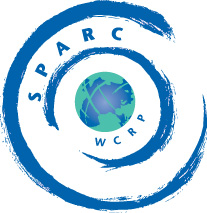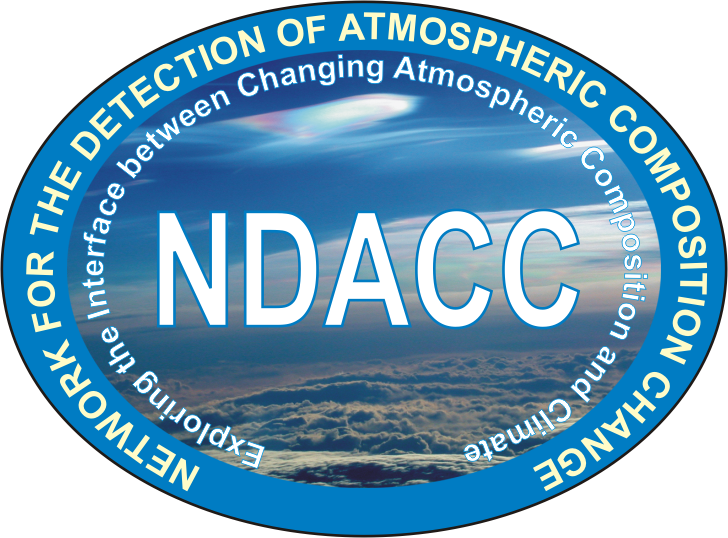Working Groups
Short-term datasets
There is a lot of work already going on within existing projects and programmes related to ozone profiles during the last decade, which could be enhanced by a degree of international coordination. The major space agencies involved (US National Aeronautics and Space Administration (NASA), Canadian Space Agency (CSA), European Space Agency (ESA) and the national space agencies in Europe) all have projects aimed principally at improving the measurement record over the last decade. These projects are focusing on the measurements (including ozone among a range of species) made by instruments on the ENVISAT, AURA, ODIN and SCISAT satellites, and are already contributing to the SPARC Data Initiative. They will also work closely together in the new ozone initiative, largely sticking to their existing work-plans but also developing a few collaborative initiatives to ensure that the quality of the data over the last decade is well understood and that the strengths and weaknesses of each ozone data set for studies of climate variability (e.g., spatial and temporal coverage and resolution) are well characterized and documented. M. van Roozendael and L. Froidevaux are coordinating this working group.
Long-term datasets
The main aim of the long-term datasets working group is to improve our knowledge of processes in the lower stratosphere by extending the SAGE record from 2005. In the first instance, this will be tried using the measurements made by the GOMOS instrument because of the similarity in the measurement approach (solar occultation for SAGE and stellar occultation for GOMOS) and the three years of simultaneous measurements. It is very important to have confidence in this extension and so other instruments (e.g. OSIRIS, SCIAMACHY) will also be tried. It is possible that the SAGE II data will be reprocessed using recent reanalyses - more interestingly in terms of the length of the record, SAGE I (1979-1981) will be reprocessed in order to make it more consistent with the SAGE II measurements, and to remove the need for an altitude offset when considering the combined record. This work with SAGE will be performed in conjunction with further work on consolidating the SBUV(/2) record.
Ground-based instruments
(Lidar, Microwave, FTIR, sondes, Umkehr)
The results of the ground-based working groups will contribute to our understanding of the longer-term changes and to the variability in the last decade. The geographic coverage of all the instrument types has improved significantly through the ongoing efforts of WMO and NDACC, and while the longest records (over 40 years) are limited to northern mid-latitudes, the coverage now is quasi-global. The NDACC working groups are set up to continuously assess and assure the data quality of their ground-based measurements. The working groups (led by S. Godin-Beekman, T. Leblanc, N. Kämpfer, G. Neduloha, J. Hannigan and M. De Maziére) on lidar, microwave and FTIR instruments will take the lead within the new ozone initiative to ensure that the NDACC instruments contribute to the initiative on the requisite time scales. Full use will be made of existing working group meetings and the NDACC science meeting in La Réunion in November 2011.
The working groups on ozonesondes (led by S. Oltmans and H. Smit) and Umkehr (T. McElroy and I. Petropavlovskikh) measurements will work to produce improved measurement records. For ozonesondes, the aim is two-fold: first, to produce a fully homogenized data set for more than a decade, and hopefully quite a bit more, based on recent work characterizing differences between ozonesonde types. Secondly to provide or identify full, clear documentation about the homogenization process and about the quality of ozonesonde measurements generally to allow the recent record to be linked to the older records. The main thrust of the Umkehr working group is to provide a consistent set of ozone profiles from the Brewer instruments. The measurements from the sparser Dobson network are already of high quality, and there is a real opportunity to expand the spatial scale of the Umkehr network if the Brewer data can be worked up.


